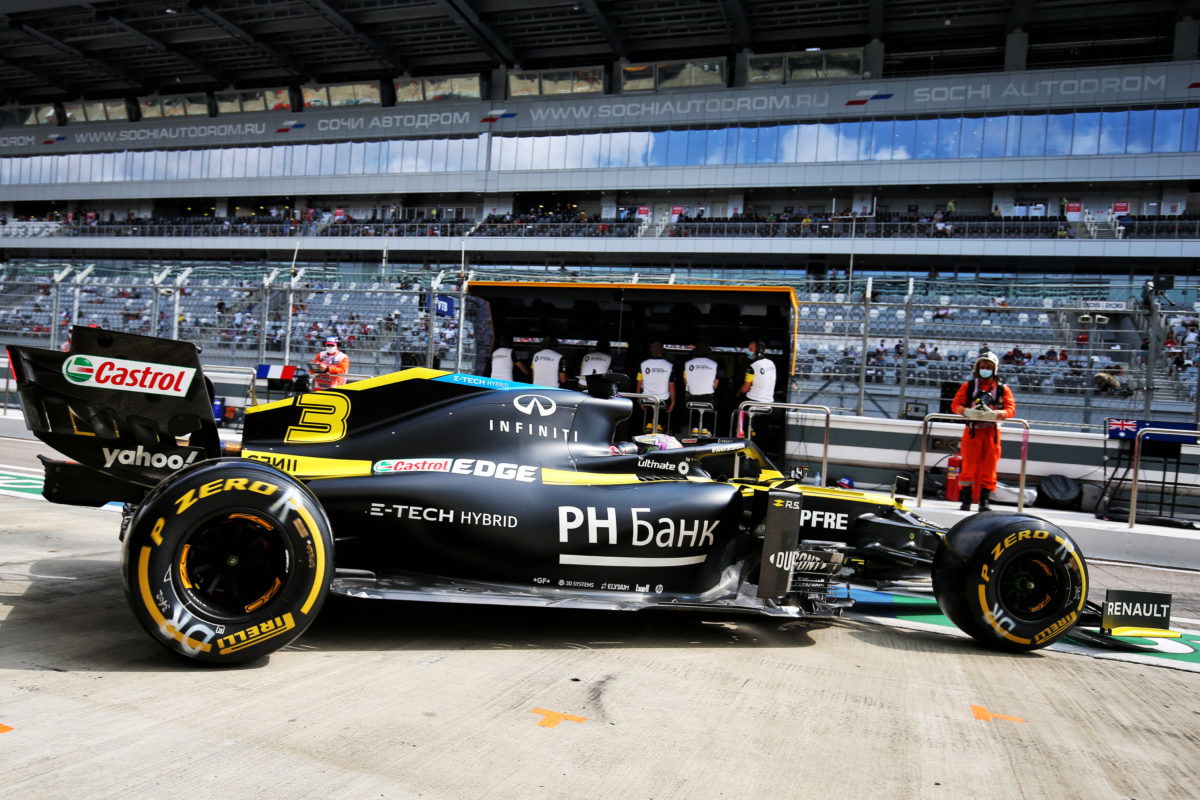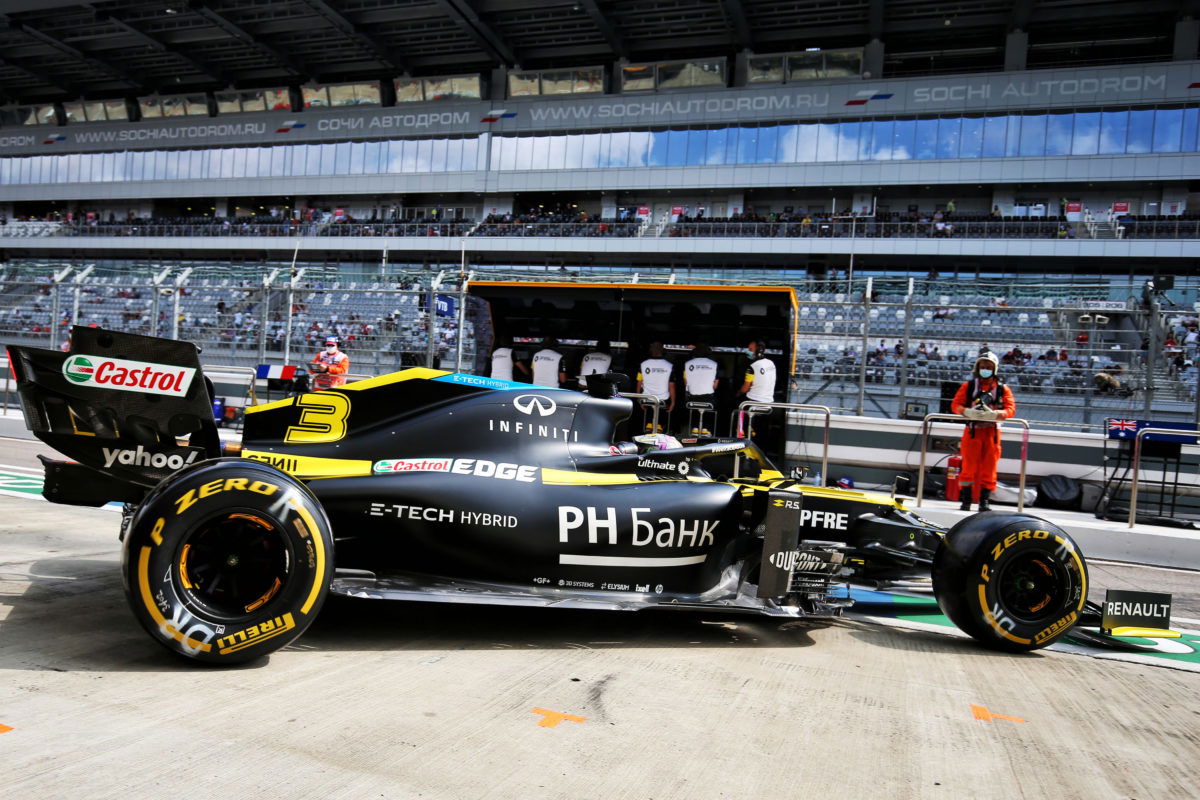

Following news that Honda is set to walk away from Formula 1 at the end of 2021, in this week’s Pirtek Poll we want to get your thoughts on where the sport’s power unit regulations should head.
Currently, F1 operates to a turbo-hybrid formula, with six-cylinder internal combustion engines connected to a complex hybrid unit that feature both heat and kinetic energy recovery systems.
It was a format introduced in 2014, and has brought with it an era of Mercedes dominance.
For 2022 those regulations are set to change, with a slight easing of the complexity courtesy of the abandonment of the heat recovery (MGU-H) system.
There are a number of reasons for that, though most simply it’s about enticing more manufacturers into the sport.
Following the withdrawal of Honda, F1 will feature just Mercedes, Ferrari, and Renault as power unit suppliers.
Over the years the number of engine suppliers has been as fluid as the engine regulations.
Once upon a time there was little restriction beyond engine capacity, which saw a variety of configurations used from eight-cylinder inline to V12; even supercharging was allowed at points.
In the early 1960s the sport adopted a 1.5 litre formula which proved unpopular but saw the rise in prominence of British teams and the likes of the Coventry Climax.
As the decade wore on regulations changed again, and the Keith Duckworth and Mike Costin designed DFV became the engine of choice.
In the 1970s Renault pioneered the use of turbocharged engines, its first efforts earning its cars the ‘yellow teapot’ nickname.
The turbo era really kicked into gear in the 1980s, epitomised by Honda which won championships with Williams and McLaren – most famously dominating the 1988 championship.
With turbos banned from 1989, manufacturers again began to explore different avenues with a blend of V8, V10, and V12s being raced with varying degrees of success.
In the 1990s the engine to have was a Renault V10, a format that was raced with success by Ferrari in the following decade.
By then regulations had become more prescriptive, and prospective suppliers no longer had the design freedoms they’d once enjoyed.
Even still, it produced an era of high revving cars, famed for their ear-piercing, visceral shriek.
Taking a step back, the concept of engine regulations typically produces two diametrically opposed perspectives.
The first is that it helps level the playing field, offering a standard set of regulations to which any interested party could develop an engine to.
The other is that it has robbed the sport of innovation, a concept F1’s marketing department has hung the sport on over the last three decades.
During the era of open engine development we witnessed some remarkable engineering accomplishments, but at the same time it placed an emphasis on having the right engine at the right time.
It forced Ken Tyrrell’s split with Matra after the 1969 season, as it became apparent that the only way to remain competitive was to have his cars propelled by the DFV.
Even under the current regulations there is a degree of variation between manufacturers, though it’s arguably less now than it’s ever been.
The world has changed and with it so have the interests of automotive manufacturers.
Formula E has underscored the movement towards electrification of the industry, offering one view of its future.
IndyCar is set to move to hybrid units from 2023 while the World Endurance Championship has gone down the hybrid route and back out.
Casting aside the fact that Formula 1 has a regulation set for 2022 and beyond that will see the continuation in many respects of the current formula, what would you like to see in engine rules at the sport’s pinnacle?
What engine configuration would you like to see Formula 1 move to in future? Cast your vote in this week’s Pirtek Poll.





















Discussion about this post